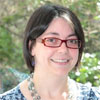This year I visited the South Eastern Anatolian region of Turkey as part of a cultural exchange organised by Arch Network, which is a Scottish Non Government Organisation (NGO) promoting learning and development in natural and cultural heritage between Scotland and other European countries. The exchange programme receives European funding from the Leonardo Agency and is available for professionals working in the heritage and cultural sector.
The visit lasted a week and we were based in the city of Gaziantep, one of the oldest settlements in this region, but also visited the towns of Kilis, Sanliurfa and Kahramanmaraş. The area serves as a bridge between East and West and is located near the Syrian border. It is an area rich in archaeological and historical sites and represents a varied mix of cultures and religions.
Eastern Turkey has not been widely promoted as a tourist destination in the past, but the local authorities are keen to promote it as such both for economic reasons and also as a means to promote their culture and traditions. As our guide Filiz Hosukoglu explained “When we share our heritage it gets bigger, if we hide it, no one will know”. Hydroelectric developments in the area over the last decade have revealed some of the more important archaeological sites and as the need to protect and then promote these sites was realised, government agencies have been established, providing funding for community and cultural projects.
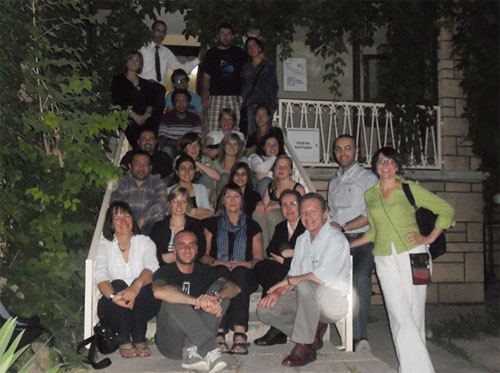
The exchange programme offered the participants cultural experiences such as visits to museums, archaeological sites, historic buildings, cooking demonstrations, craft demonstrations and food markets. Interspersed with these were meetings with partner NGOs, academics, museum professionals and local government to discuss and exchange ideas on how to promote the region through traditional cuisine, crafts, community involvement, partnerships, loans and sustainable tourism.
A very productive morning of workshops was had with GEGED, the Gaziantep Training & Youth Association, and colleagues from Gaziantep University, discussing how tourism can be developed in the area without compromising cultural traditions, agriculture and communities. Ideas for promoting culture through food, engaging with communities and confirming ownership were explored, not just within the context of Turkey, but also for Scotland and other European countries. GEGED had representatives from Germany, Spain, Italy, Tunisia, Belgium, the Netherlands and France, so we had a variety of perspectives and experiences to draw upon.
The week we were visiting, Gaziantep opened a new Mosaic Museum to showcase the Zeugma mosaics salvaged as part for the hydroelectric project in the region. The mosaics would now be submerged under water if they had not been removed, and a large project excavating over 1,000 square metres of mosaics has led to this new museum development, with restoration of the many mosaics still underway. They date from the 1st and 2nd centuries BC from the twin cities of Zeugma on either side of the banks of the Euphrates River, about 45 miles from Gaziantep.
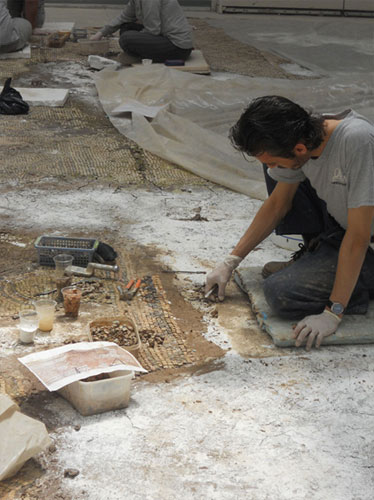
An afternoon was spent in Sanliurfa to visit the site of Abraham’s lake: it is told that King Nimrod flung Abraham from the cliff tops into a and he had miraculously been saved by the flames turning into a sacred lake of fishes. The site is important to Jews, Christians and Muslims alike and is now a busy destination for tourists. One can feed the sacred fish and visit Abraham’s cave, whilst also admiring the Islamic architecture and scenic cliffs. During our visit to this historic city we also met with the Director of the GAP Project, a regional development agency, which looks at infrastructure, economic and social issues, including the role of cultural activities and tourism.
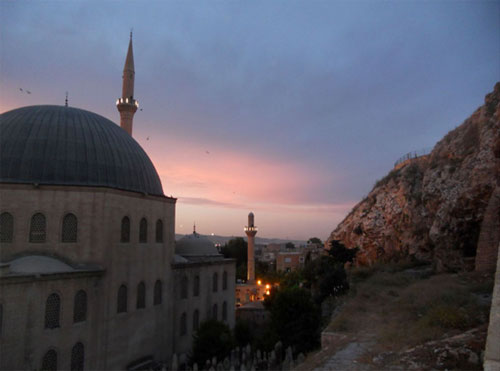
Throughout the week we were fortunate to be shown many cooking demonstrations and were invited to two private houses where we could get hands on experience of making local dishes. We also visited small and large museums where we could offer advice, or contact details for our UK colleagues for such things as how to mount an elephant skeleton or how to organise loans, amongst other things. Many possible projects were explored that might involve future loans or partnerships and our visits were met with much enthusiasm and professional knowledge.
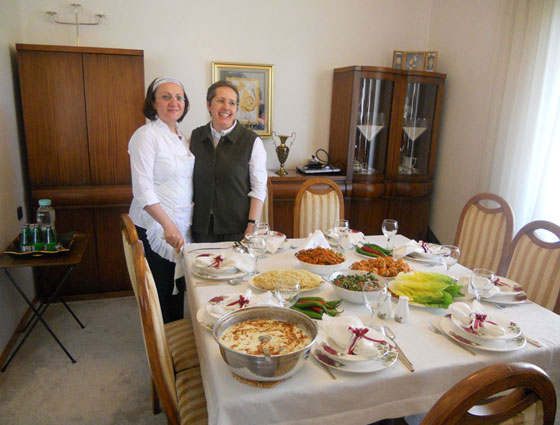
For more information on the exchange programme and how to apply go to: http://www.archnetwork.co.uk/
